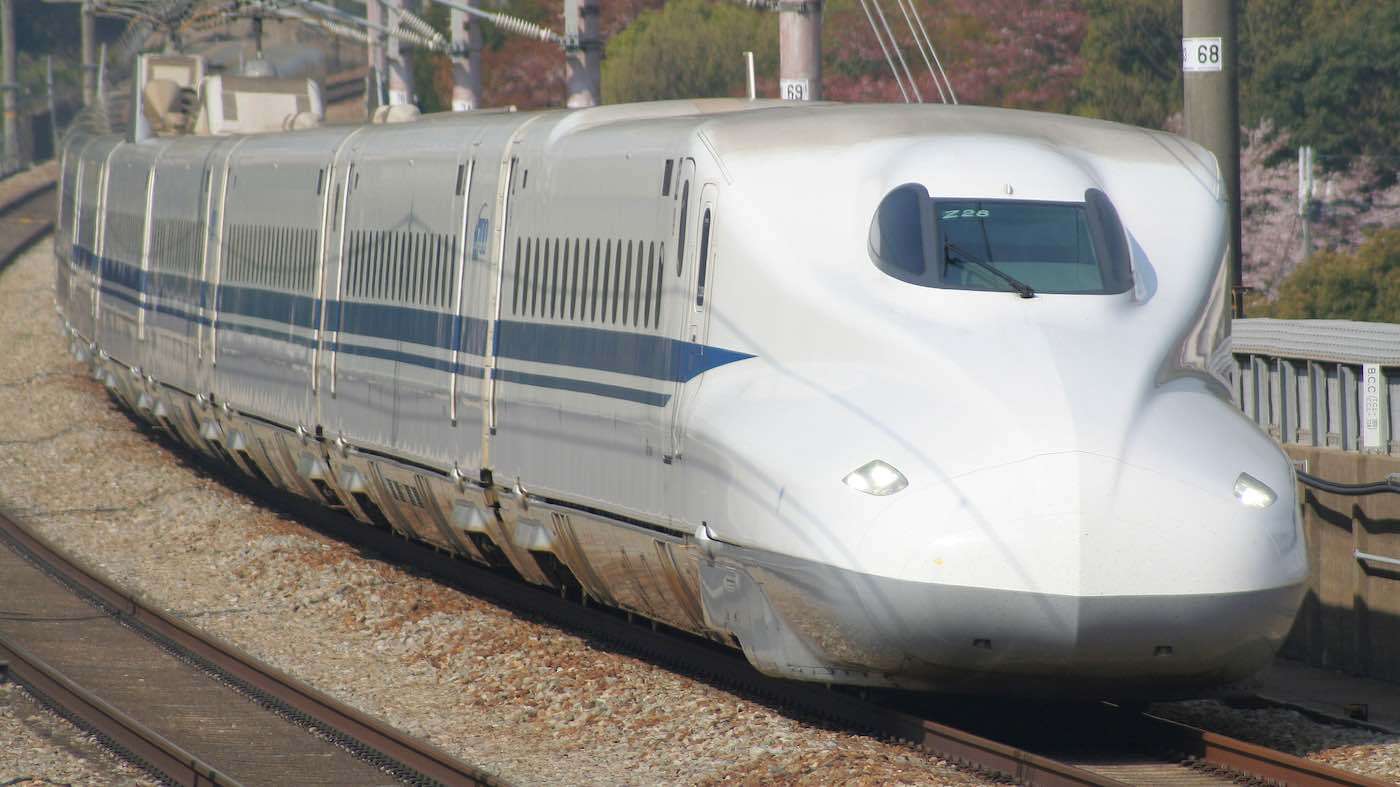Feeling Stressed? Iceland is Broadcasting People's Yells of Frustration to Their Scenic Wilderness
An Icelandic travel company is helping people release their pent-up frustrations by amplifying their yells of frustration across vast open wilderness.

Central Japan Railway Company, (JR Central) has launched a newly designed high speed, or ‘bullet' train, equipped with special features to better protect passengers from natural disasters.
Japan, an island nation surrounded by underground fault lines in the Pacific 'Ring of Fire', has a history of natural disasters, particularly earthquakes, but also typhoons and flooding, and much of the infrastructure for prevention and recovery is, at this point, baked into the fabric of society.
JR Central's N700 Supreme is the first new train model in 13 years to plow at great speeds down the Tokaido Shinkansen line, which connects Tokyo to Osaka. It moves passengers along at 186 mph (300 kph) and comes with a variety of accommodating features like power outlets between the seats, diffused interior lighting, reclining seats and headrests, and better suspension and sound-proofing to provide a quieter, more stable ride.
However, for moments when luxury isn't the focus for passengers, like during an earthquake, the train is equipped with an onboard lithium-ion battery component that will allow it to power itself for enough time to reach the nearest evacuation point along the tracks where the passengers can disembark.
A ceremony to mark the commute of the first N700S train was held at Tokyo Station in early July, with JR Central President Shin Kaneko among the participants.
The N700S is "full of our technological achievements," Kaneko said.
Off-grid battery operations are the important details that form the web of disaster-proofing that exists in Japanese society. It's these kind of auxiliary systems that allowed Japanese international airport KIX to recover so quickly after Typhoon Jebi smashed into Osaka bay in September 2018, bringing with it 124 mph (200 kph) winds. The waves overtook the seawall and flooded the terminals-and an ocean tanker crashed into the bridge connecting the airport to the mainland.
Despite that, the airport reopened partially in just 2 days, completing the repairs and allowing tens of thousands to arrive and depart in KIX once again only 17 days after the storm.
SHARE the Japanese Ingenuity With Friends on Social Media…
Be the first to comment